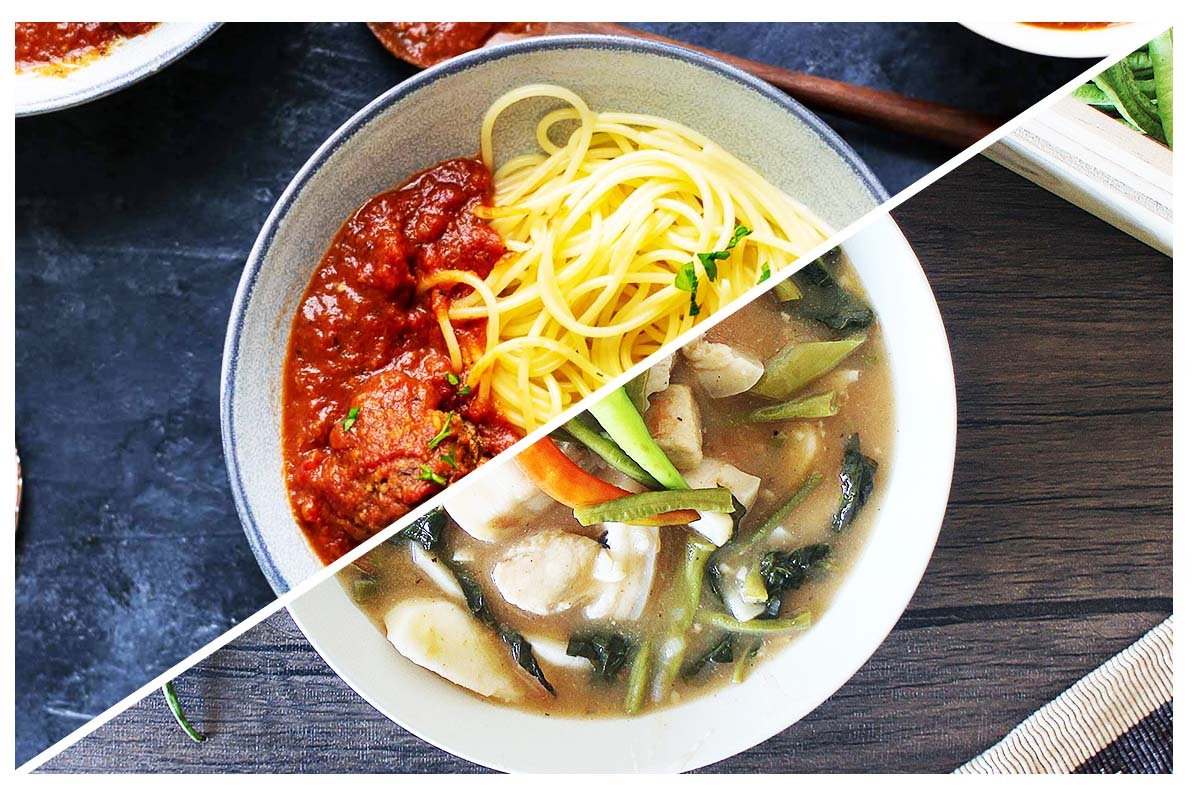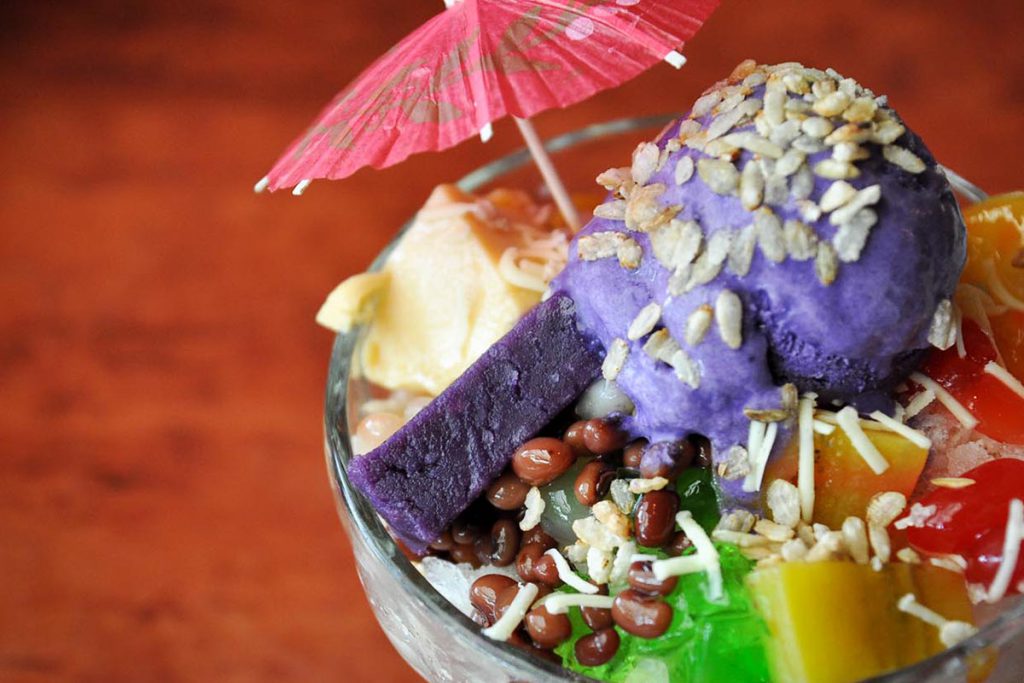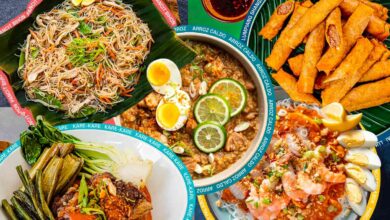
What is the Defining Taste of Filipino Food: Sweet or Sour?
Philippine culture is a confluence of so many foreign influences. Historically, we’ve borrowed concepts and practices from various countries over the centuries. Even in our food, a quick glance at Filipino dining tables will easily show you Chinese, Spanish, and American dishes that have been adapted to better suit the local palate.
Of course, Filipino food has staples like rice, coconut, vegetables, seafood, and other types of animal meat. With all this diversity in Filipino cuisine, it’s considerably challenging to determine what exactly makes Filipino food distinct. A good starting point could be to ask the question: “what is its defining taste?”
Sweet tooth
For the first case, it may be argued that a good number of Filipinos have an affinity for sweet food. This sweetness is emergent not only in desserts, but in Filipino main dishes. An emergence prevalent in popular fast-food chains in the country like Mang Inasal; traditional Filipino dishes such as the classic Bacolod chicken inasal are translated in a way that sweetness is highlighted. Taking Filipino style spaghetti as another example, the recipe itself is fundamentally sweet, as the main ingredient of its sauce is banana ketchup.
This sweet tooth came about at the onset of World War II when there was a lack of imported spices and tomatoes in the country. The Philippines had an abundance of saba, so this was used instead to address the shortage of flavor. Needless to say, the practice of using banana ketchup for spaghetti sauces stuck among Filipinos, and it’s carried on to this day.
Apart from saba, the Philippines is also known for cradling many large sugar cane plantations across the country. Sugar is very accessible, so it’s often used in making local desserts such as leche flan and halo-halo, as well as snacks like turon and suman. What emerged from this practicality of utilizing available resources later evolved to influencing our dishes and shaping our present-day preference for sweetness.

Sour and simple
With all due respect to sweetness, our taste is more complicated than that. Coming from left field, another opinion some Filipinos may share is that sour is more in line as the defining Filipino taste. According to distinguished Filipino teacher, writer, and cultural historian Doreen Fernandez, sinigang is the dish most representative of Filipino taste — and not the “overworked adobo.” Lightly boiled and slightly soured, sinigang includes vegetables, broth, and fish (or meat or shrimp), and is a staple in Filipino kitchens across the archipelago.
The dish is very simple yet quite adaptable to suit varying tastes, seasons (availability or scarcity of ingredients), and even budget. You can make sinigang with milkfish, shrimp, or pork; and it will still turn out to be a satisfying and enjoyable meal. Beyond sinigang, there’s a variety of other Filipino dishes that carry the sour taste, with another favorite being kinilaw.

What this highlights, though, is the simplicity and humility of Filipino dishes. In her essay “Why Sinigang?”, Fernandez concludes that more than its actual sour taste or any singular flavor, sinigang is a testimony of how well Filipinos understand the potential of their surroundings. This dish shows their imaginative exploration and instinctive sensitivity to varying nuances.
Fernandez also said that while Filipino food has been a product of influences from cuisines brought by Chinese traders and Spanish and American colonizers, it still stands to be unique because Filipino flavors have been shaped by varying landscapes, and it continues to evolve because of this.
A thriving history of Filipino food
Filipino cuisine is full of history, and there are many tales of origin for all subcategories of dishes. Add to that the personal experiences of every Filipino that helped in shaping the way they prepare and consume their food, and you can write volumes worth of stories.
With these cases presented, would you agree with Fernandez’s perspective that sinigang is the perfect example of what Filipino food is due to its sourness, together with its underlying characteristics? Or do you think that the Philippines is naturally a sweet-toothed nation?




